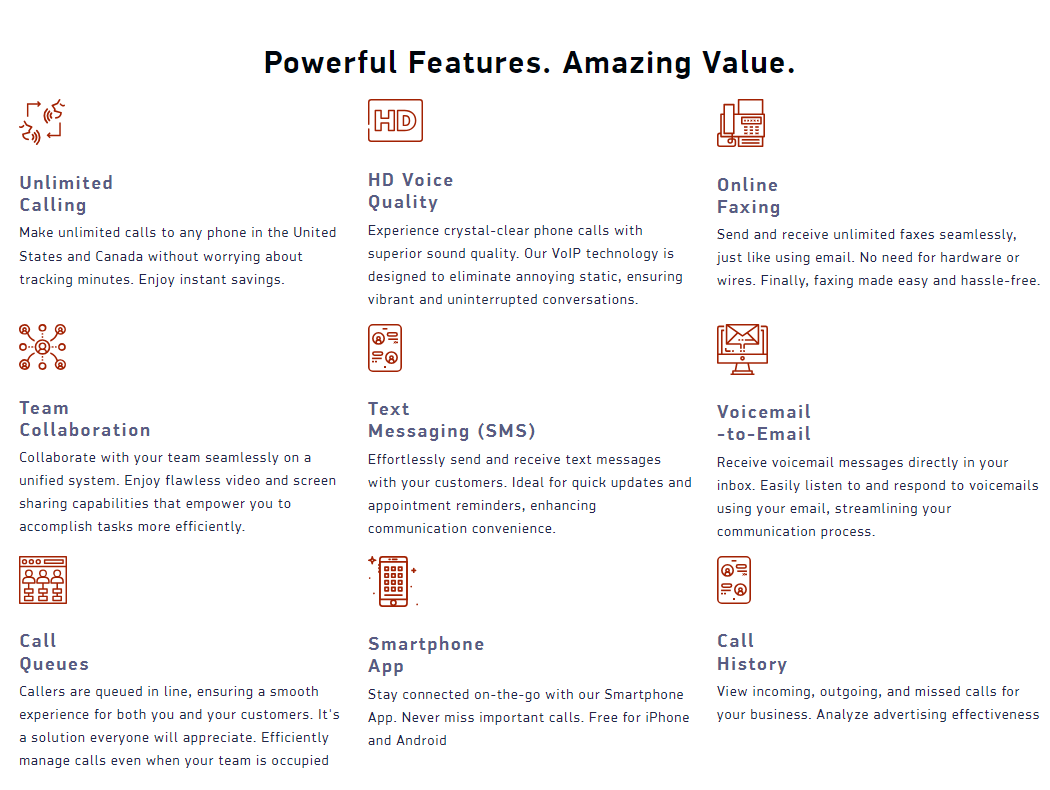
In today’s fast-paced business environment, having a reliable and efficient phone system is crucial. Whether you’re setting up a new office or upgrading your current setup, understanding the process of business phone installation can help you make informed decisions. This guide will walk you through the key aspects of business phone installation, ensuring that you have all the information you need to streamline the process and enhance your company’s communication.
1. Assessing Your Needs
Before diving into installation, it’s essential to assess your business’s specific needs. Consider the following factors:
- Number of Users: Determine how many employees will be using the phone system. This will help you choose a system that can accommodate your team.
- Features Required: Identify the features you need, such as voicemail, call forwarding, conference calling, or integration with other tools like CRM systems.
- Scalability: Choose a system that can grow with your business. If you anticipate expanding, opt for a scalable solution that allows for easy upgrades.
2. Choosing the Right Phone System
There are various types of business phone systems to consider:
- Traditional Landline Systems: These are reliable but may require more maintenance and can be more expensive.
- VoIP (Voice over Internet Protocol): VoIP systems use the internet to make and receive calls, offering flexibility, cost savings, and advanced features. According to a report by Statista, the VoIP market is expected to reach $102.5 billion by 2024, driven by increasing demand for cost-effective communication solutions.
- Cloud-Based Systems: These systems are hosted off-site and offer scalability, remote access, and reduced hardware costs. Gartner notes that cloud-based phone systems are becoming increasingly popular due to their flexibility and lower total cost of ownership.
3. Planning the Installation
Proper planning is crucial for a smooth installation process. Here’s what you need to do:
- Site Survey: Conduct a site survey to evaluate the existing infrastructure and identify any modifications needed for the new system.
- Network Assessment: Ensure that your network can handle the new phone system, especially for VoIP solutions. Check bandwidth, router capacity, and connectivity. Cisco reports that businesses with inadequate network infrastructure experience 30% more call drops and connectivity issues.
- Equipment Inventory: Make a list of all necessary equipment, including phones, routers, switches, and cabling.
4. Installation Process
The installation process typically involves the following steps:
- Preparation: Set up your equipment, including phones, routers, and switches. Ensure that all necessary cables and connections are in place.
- Configuration: Configure the phone system according to your business’s needs. For VoIP systems, this includes setting up user accounts, call forwarding, and voicemail.
- Testing: Test the system thoroughly to ensure that all features are working correctly. Check call quality, connectivity, and compatibility with other systems. TechRadar highlights that proper testing can prevent 45% of post-installation issues.
5. Training and Support
Once the installation is complete, training your team is essential. Provide training on how to use the new system effectively, including:
- Basic Operations: Making and receiving calls, using voicemail, and transferring calls.
- Advanced Features: Utilizing conference calling, call forwarding, and integration with other tools.
- Troubleshooting: Basic troubleshooting tips to address common issues.
Additionally, ensure that you have access to ongoing support. Choose a provider that offers reliable customer service and technical support to address any issues that may arise. Forrester Research reports that companies with robust support systems experience 50% fewer disruptions and higher employee satisfaction.
6. Maintenance and Upgrades
Regular maintenance is key to keeping your phone system running smoothly. Schedule periodic check-ups and updates to ensure that your system remains up-to-date and free of issues.
Consider planning for future upgrades as your business grows. A scalable system will allow you to add new features and expand as needed without major disruptions. IDC forecasts that businesses investing in scalable and modern communication technologies will see up to a 20% increase in operational efficiency over the next five years.
Conclusion
Business phone installation is a critical investment in your company’s communication infrastructure. By understanding your needs, choosing the right system, and planning the installation carefully, you can ensure a seamless transition and enjoy the benefits of a robust and efficient phone system. With the right setup, your business can enhance productivity, improve customer interactions, and stay connected in today’s competitive landscape.
For more information or to get started with your business phone installation, visit QTechVoIP.com
Sources:
- Statista: VoIP Market Forecast
- Gartner: Cloud-Based Phone Systems Trends
- Cisco: Network Infrastructure and VoIP
- TechRadar: VoIP Testing and Issues
- Forrester Research: Customer Support Impact
- IDC: Future of Communication Technologies



